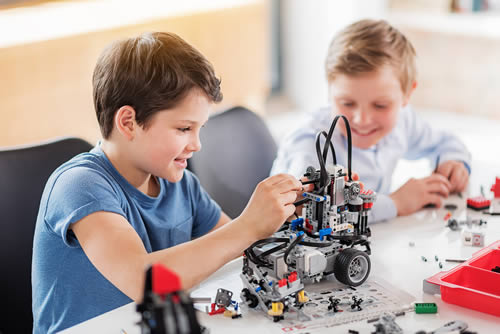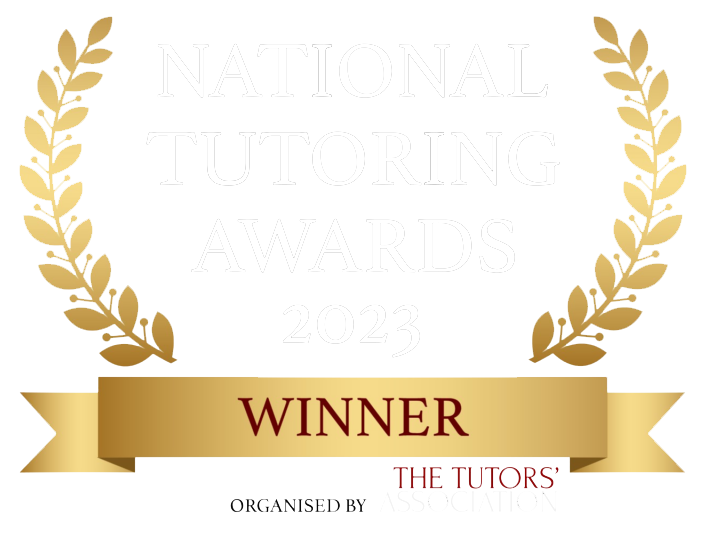April is Diversity Awareness Month.
Human beings, as we know, come in all shapes and sizes, hail from a variety of backgrounds and have hugely differing life experiences. This is part of what makes the world interesting and challenging.
But many people, especially those in education, maintain that the world would be a better place if we all actively acknowledged each other’s differences and took the time to understand alternative perspectives. Honouring our differences, experts say, ensures that everyone is treated fairly.
With this in mind, April is ‘Celebrate Diversity Month’. It was originally started by management consultants in the USA in 2004 but has now gained momentum across the globe.
Children With SEN Are Individuals Too

Of course, children with special needs also come from very different backgrounds and families on top of their diagnoses. And even though they might have the same condition as another student, their profile of difficulties and strengths will be unique to them.
SEN Tutor Sheree has been a teacher for more than twenty years and has worked in mainstream education as well as in special schools and alternative provisions. She points out that because SEN students are all different, it’s not a good idea to pay too much heed to labels. “I always read the EHC Plans and any professionals’ reports but it’s more important to take time to get to know each child as an individual,” she explains. “I find out what they like and what they want to achieve from our lessons. If you don’t get on, the lessons won’t work.”
Part of embracing diversity, she continues, is recognising that families from other cultures may have differing attitudes to special needs. “I’m black and come from a Christian background. My parents were born in the West Indies but I had a very British upbringing. I understand that some families with similar heritage can sometimes have a lot of fear concerning their child’s condition.
“I have to be very careful how I handle this,” she carries on. “I can’t push my opinion on anyone so I keep my approach very fact-based, listening to parents’ concerns but focusing on how I will help the child to learn. It’s about building trust.”
Diversity Ensures that Everyone is Equal

Sheree goes on to say that SEN tutors need to be patient and flexible and have several alternative plans ‘up their sleeves’ if a lesson doesn’t work out in the expected way. “It’s important to be honest with families – don’t say a child is doing well if they’re not – but you also need to be able to accept constructive criticism in return and learn from it.”
She advises that all families, whatever their backgrounds, should do their best to accept their SEN child as they are and celebrate their differences. When it comes to diversity in the classroom, she adds that the ultimate aim is for all students to feel equal. “I like to use inspirational quotes with my students and one that I like is by Verna Myers, ‘Diversity is being invited to the party. Inclusion is being asked to dance.’”
Helping Young Children to Embrace Diversity

Writer and editor, Tracey Turner, has a teenage son with autism. “Education was very difficult for him,” she recalls. “As soon as he started primary school, he had the most awful reaction to it, throwing himself on the floor and screaming. I have to say, the school were very unhelpful. They didn’t appear to have much understanding about special needs. On top of that, I felt judged by the other parents.”
This lack of awareness inspired her to write, ‘We’re All Different’, an illustrated book to get young children thinking about the ways in which they might be different from – and the same as – their friends and classmates. It’s meant to be a gentle, conversation-prompt on diversity, she says, rather than a ‘serious’ textbook, looking at a wide range of topics such as race, disability and family circumstances.
Tracey took advice from people living with the diversities she describes in the book, making sure that she had accurately represented different viewpoints. The process, she says, was interesting and widened her understanding of special needs, especially ‘invisible’ disabilities.
What does her son think about the book? “He’s always lovely about all my books,” she smiles. “People often assume that autistic people don’t care about other people but it’s just not true. My son is very kind and sensitive.”




